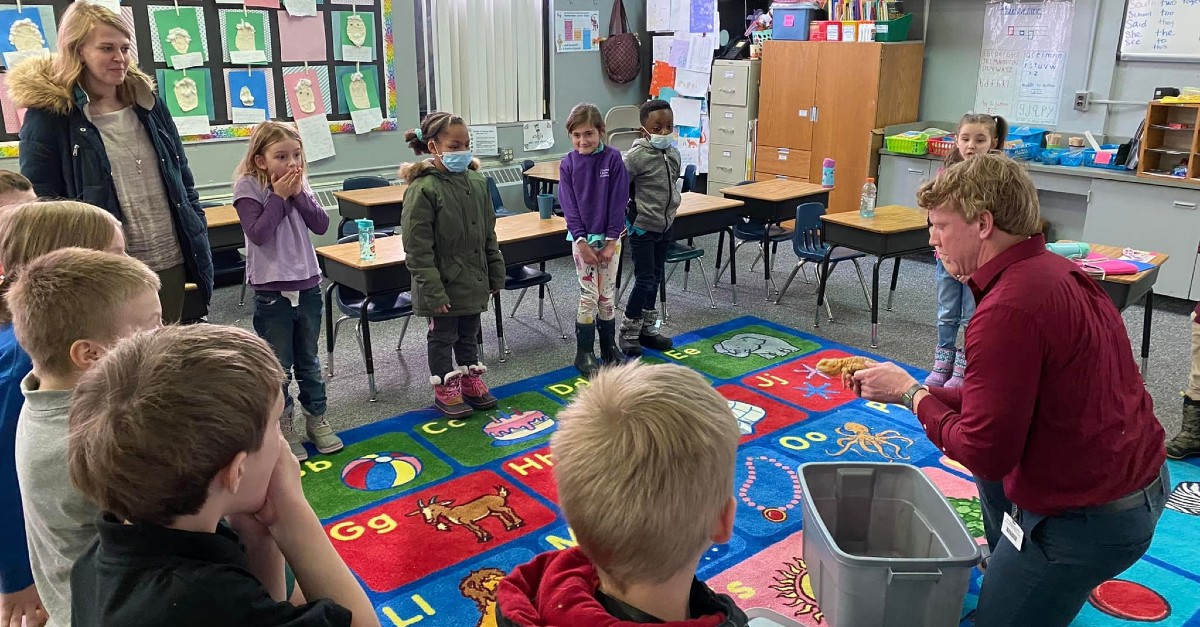It’s the mistake that runs the world: we assume that everyone else is more like us than they really are. That mistake creeps into teacher professional development programs and preservice education. Every organization has their own philosophy and their own approach — and they all struggle to wrap their heads around the idea that anyone who disagrees might have beneficial insights.
The truth is, there are tons of teaching styles which can be effective. In fact, the most effective teachers are those who use a variety of styles and techniques to engage their students and help them learn. That’s why in my professional development, I try to offer a host of different research-based and practical approaches to an issue — and then to give teachers time to collaborate, to reflect, and to create a plan regarding which strategies to integrate into their practice, and how.
In honor of the diversity that can flourish in our profession, here are a few depictions of prevalent teaching styles. As you check them out, I encourage you to reflect on whether it’s a style you can employ — and if not, to appreciate the positive impact that thousands of teachers get with the approach that works for them.
So, without further ado: five teaching styles:
The Lecturer
This is the classic “sage on the stage” approach, where the teacher stands at the front of the classroom and delivers a lecture to the students. This style can be incredibly efficient, and the best practitioners use their words to weave a spell that makes learning memorable and meaningful while conveying the essence of their subject matter.
The Facilitator
This style emphasizes student-centered learning, where the teacher acts more as a guide or facilitator than a lecturer. The teacher sets up activities and projects that allow the students to explore and discover the subject matter on their own. Facilitators are wonderful for encouraging critical thinking and problem-solving skills.
The Engager
This style focuses on capturing students’ attention through humor, stories, and novelty. These teachers use props, costumes, or other visual aids to create a fun and engaging atmosphere. It’s a great way to keep students interested and motivated; these teachers bring an unbelievable amount of creativity and energy to the profession.
The Mentor
This style emphasizes personal connection and mentorship. These teachers take an interest in students’ personal lives, and they provide emotional support and guidance. This style is great for building strong relationships with students and helping them feel valued and supported.
The Taskmaster
This style emphasizes structure and discipline. The teacher may use strict rules and consequences to keep students on task and focused. This style is great for creating a structured learning environment and helping students develop self-discipline.
There’s no one right way to be a teacher. Each style has its own strengths, and each style can be ineffective if it’s not the right fit for you. Each of us can dip our toes into any teaching style to meet student needs, but the most effective teachers are those who combine that flexibility with a strong sense of who they are and what they do well.
So… who are you? How would you describe your teaching style? Are you one of the teachers in this list, or are you something completely different? I’d love to hear your take; email me at [email protected] to let me know how you’ve learned to create an approach to teaching that’s authentic to who you are.
